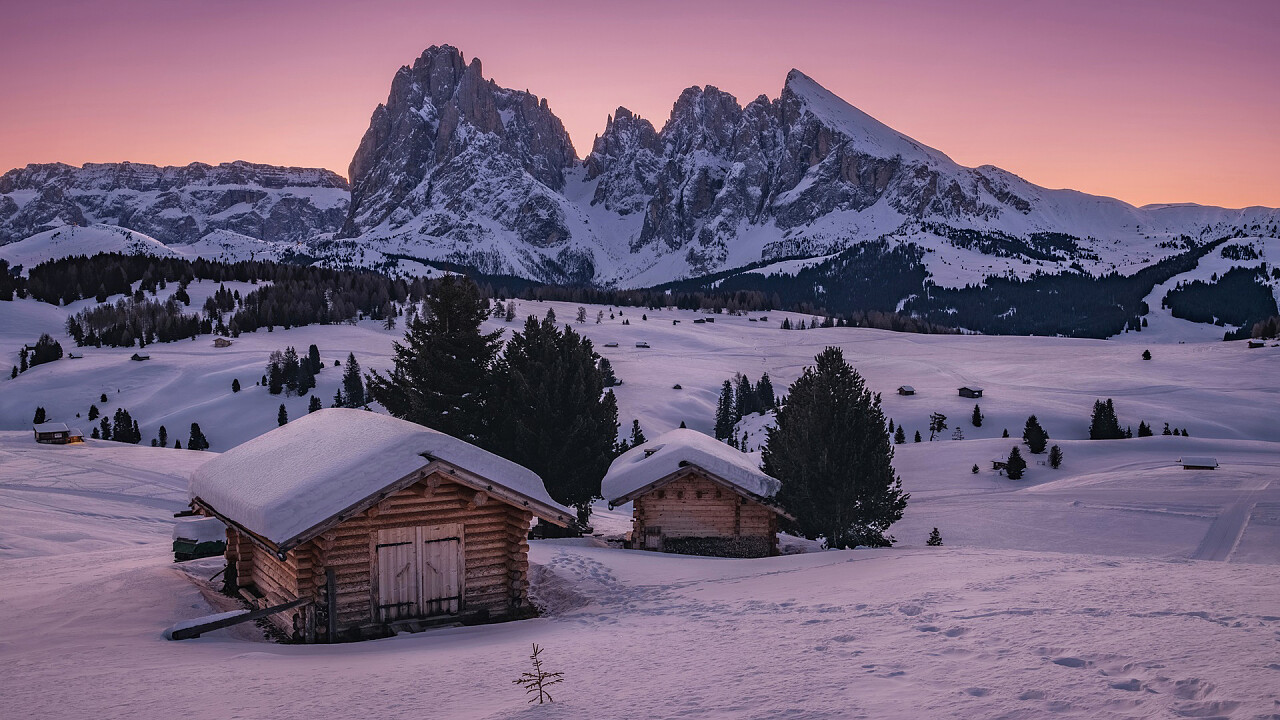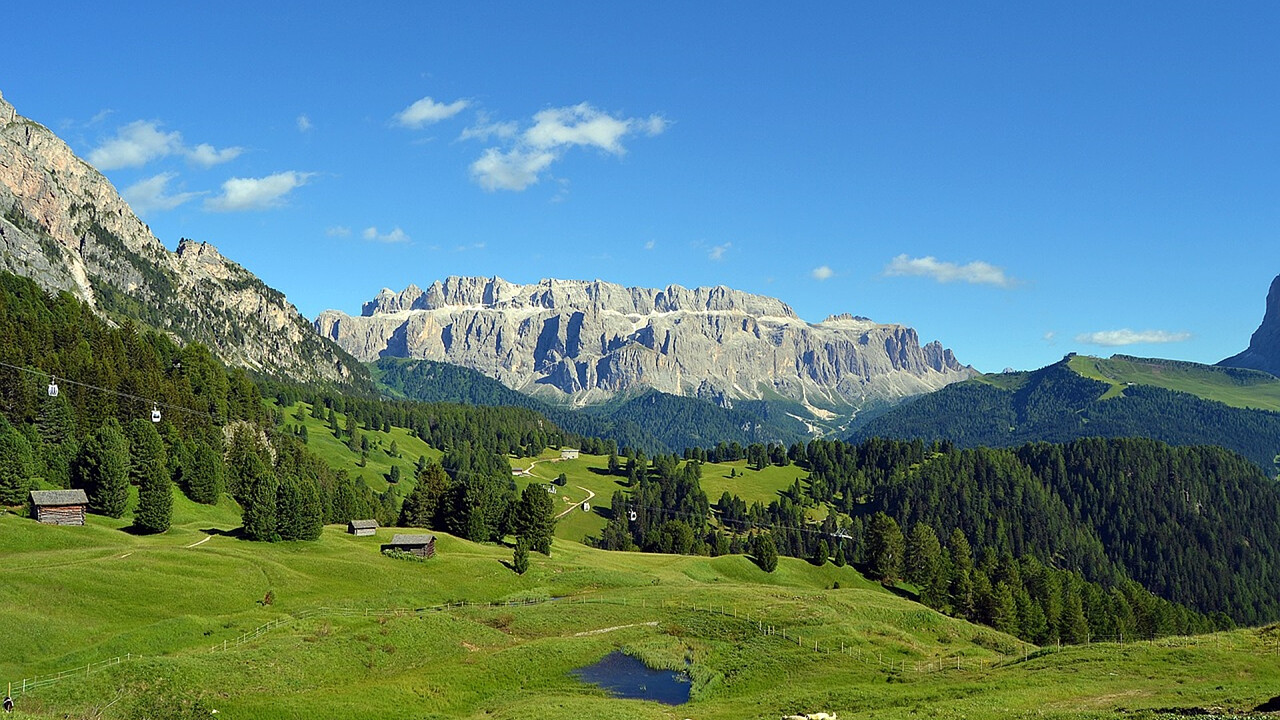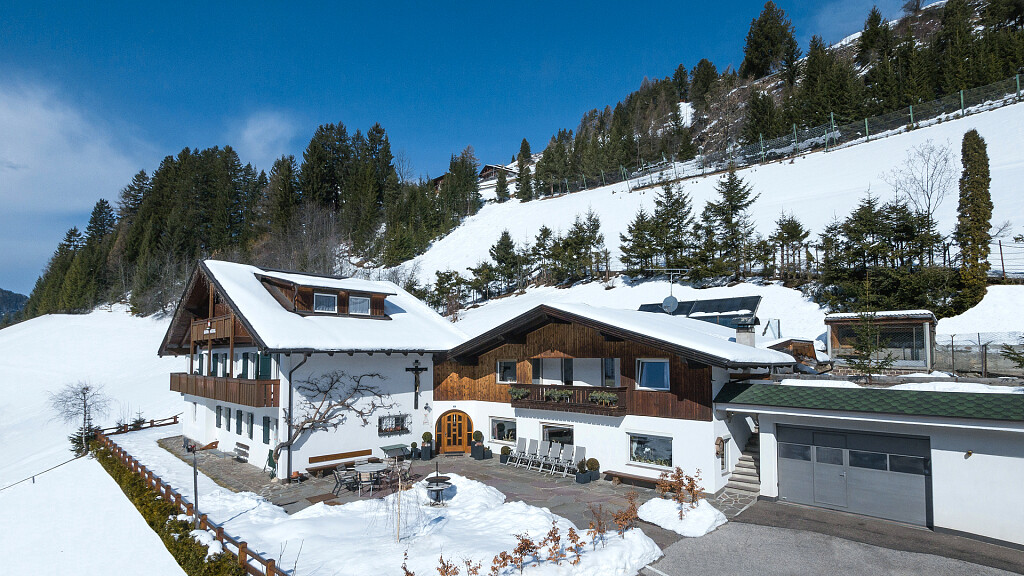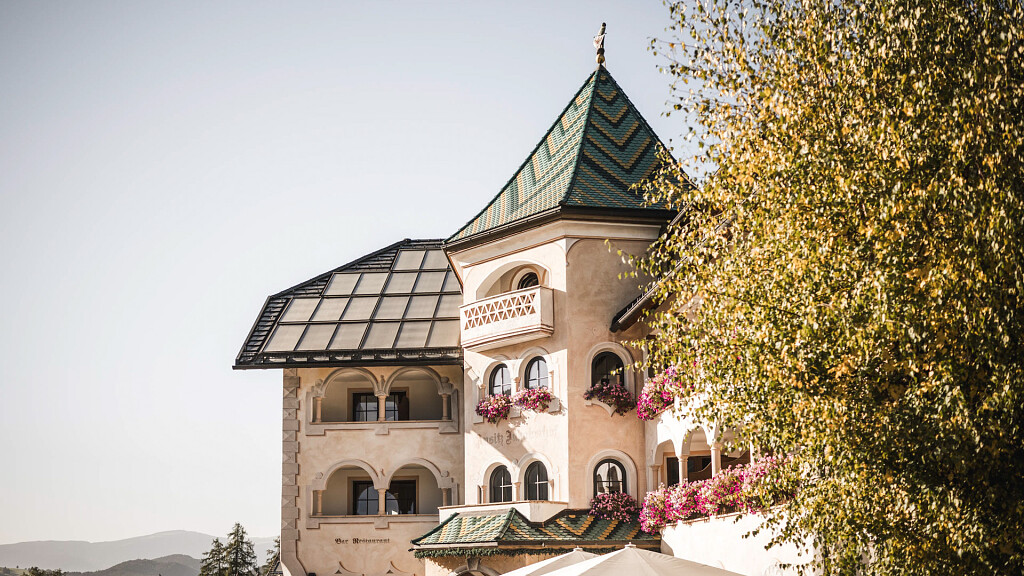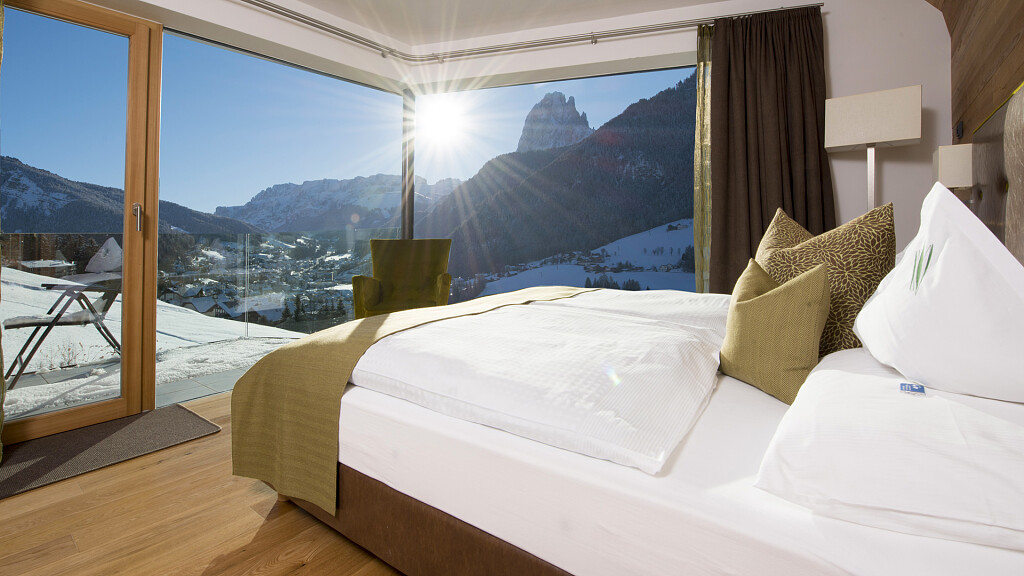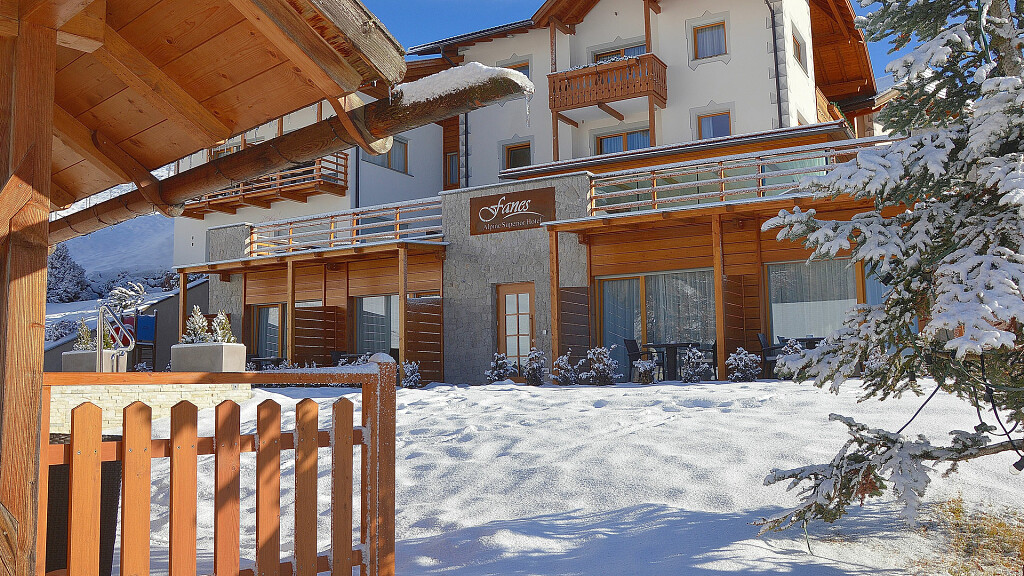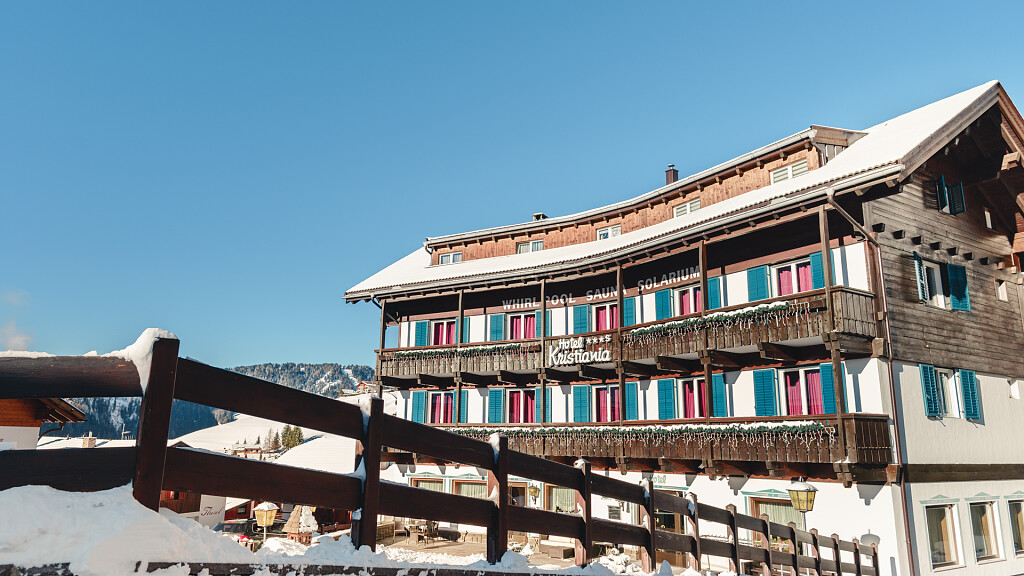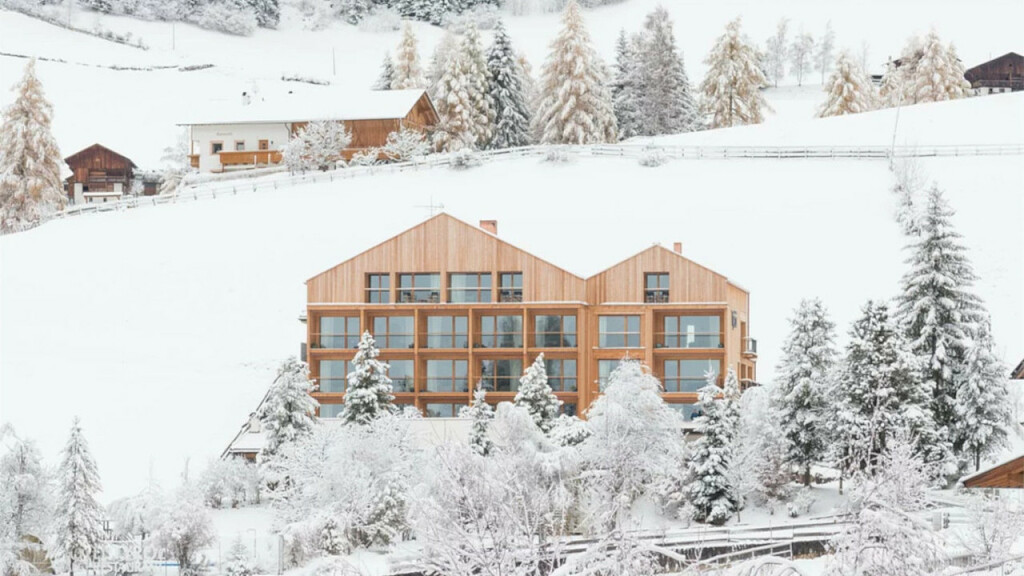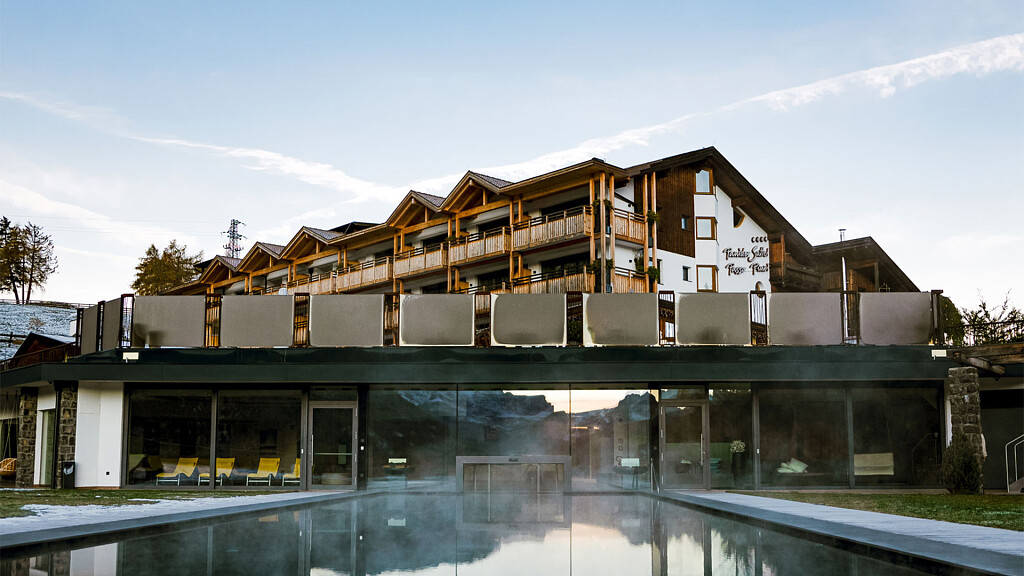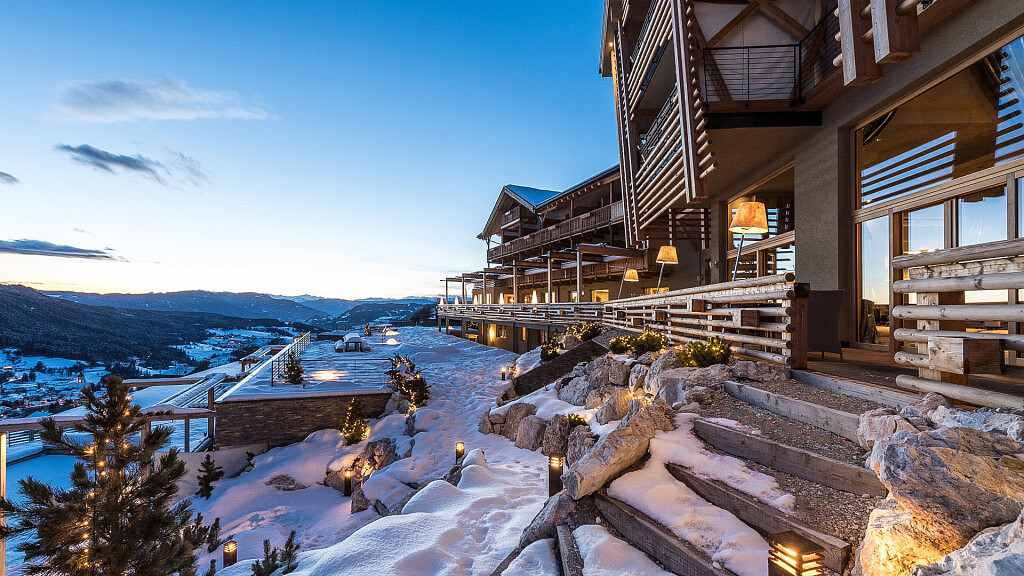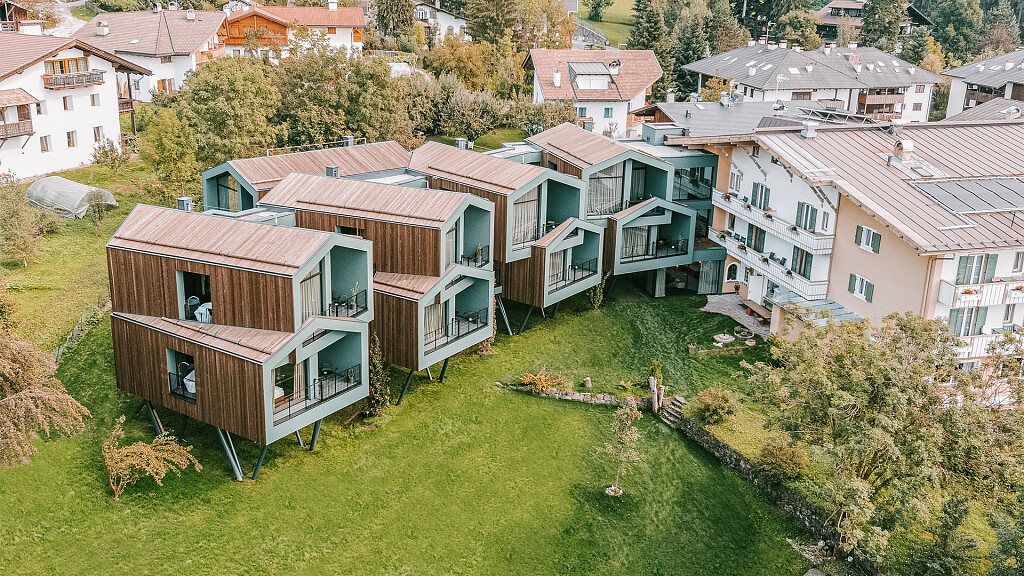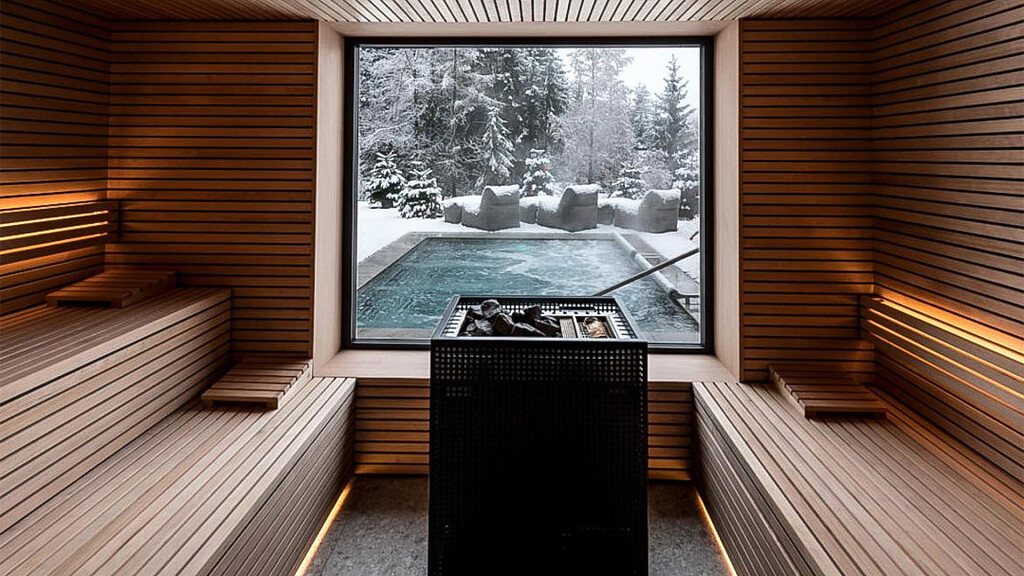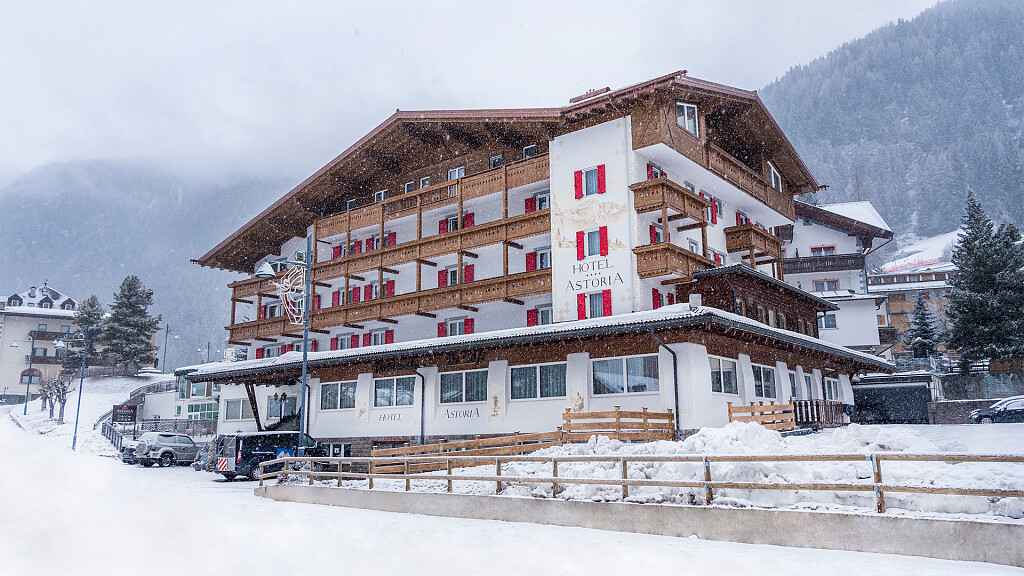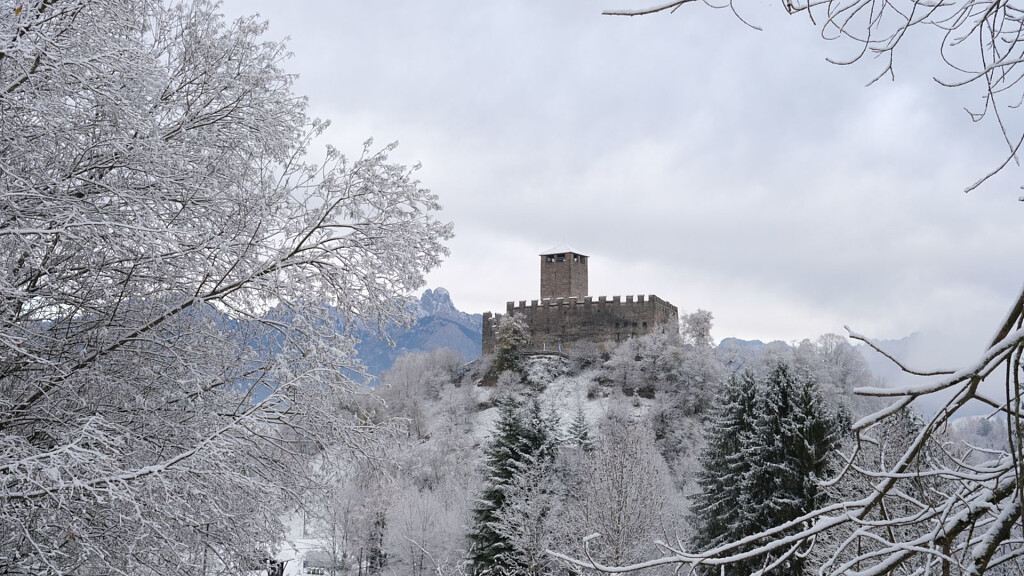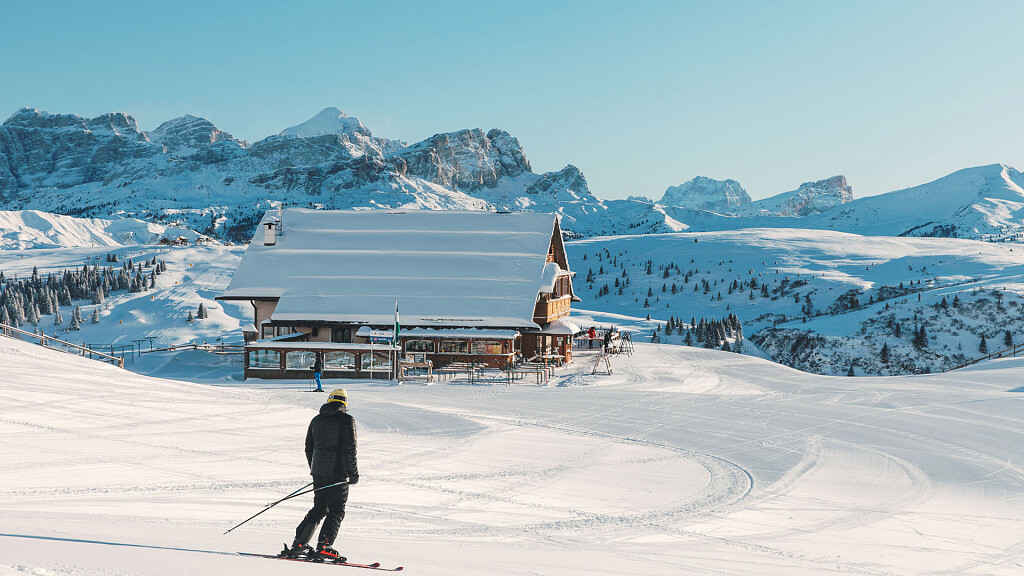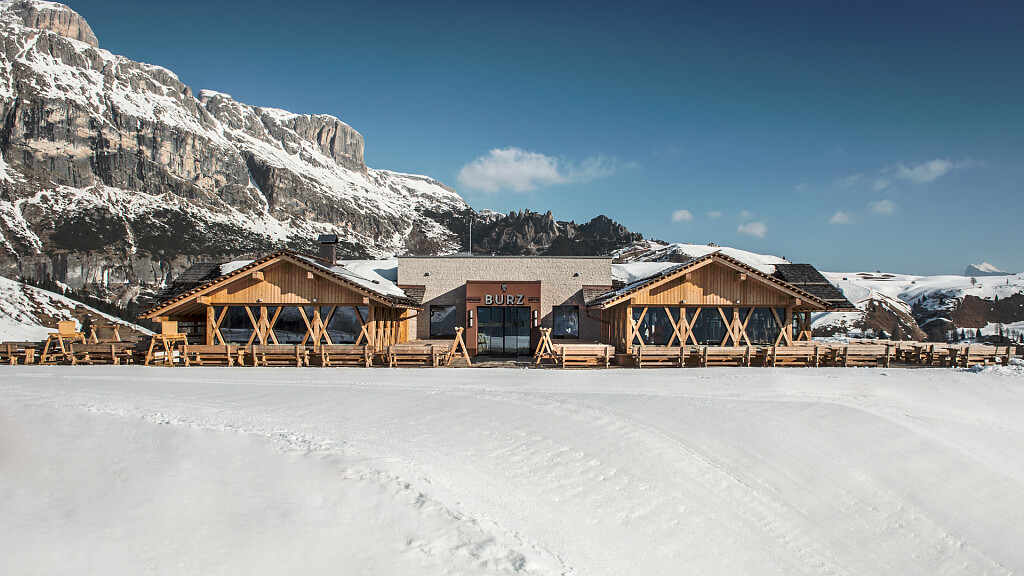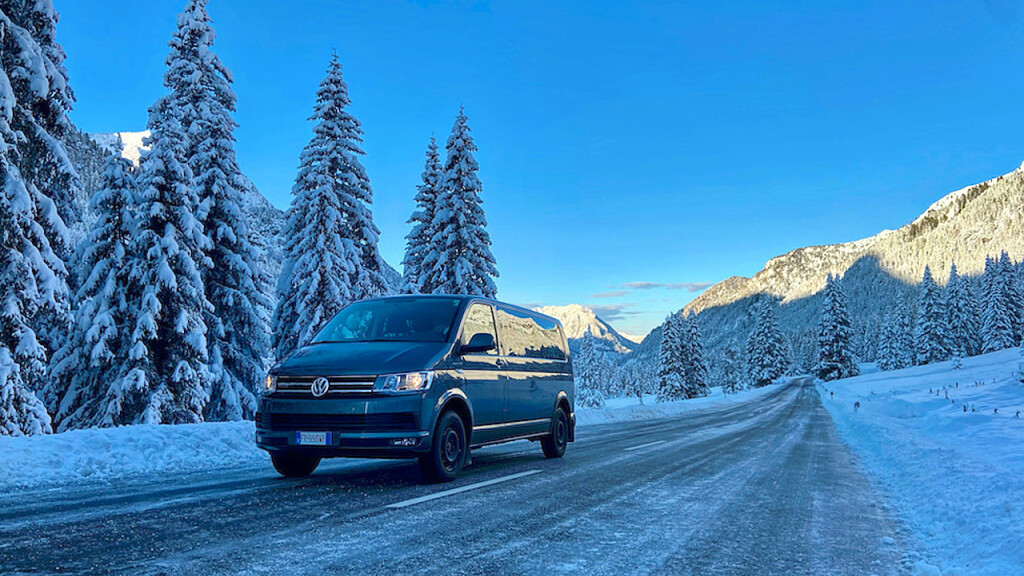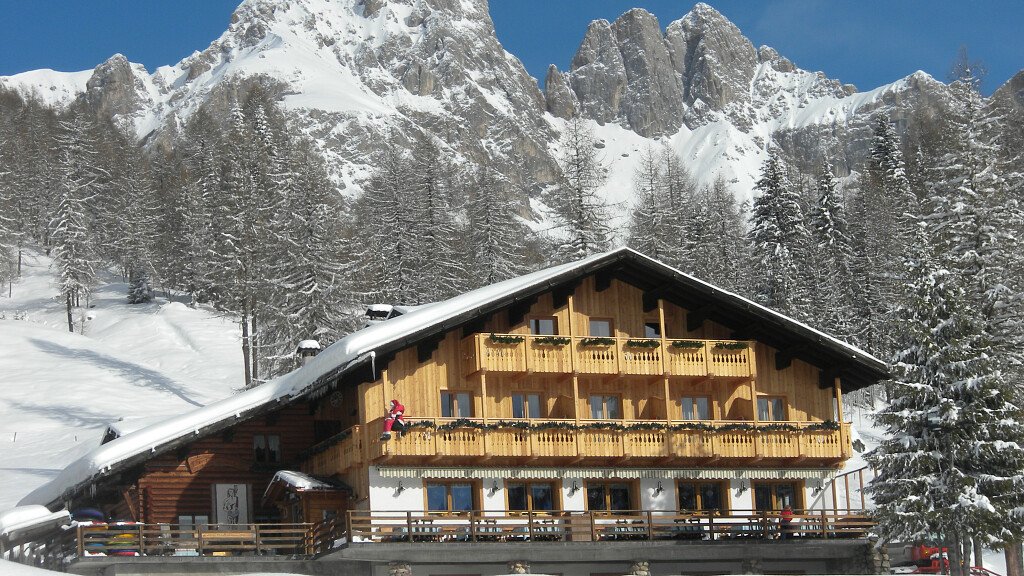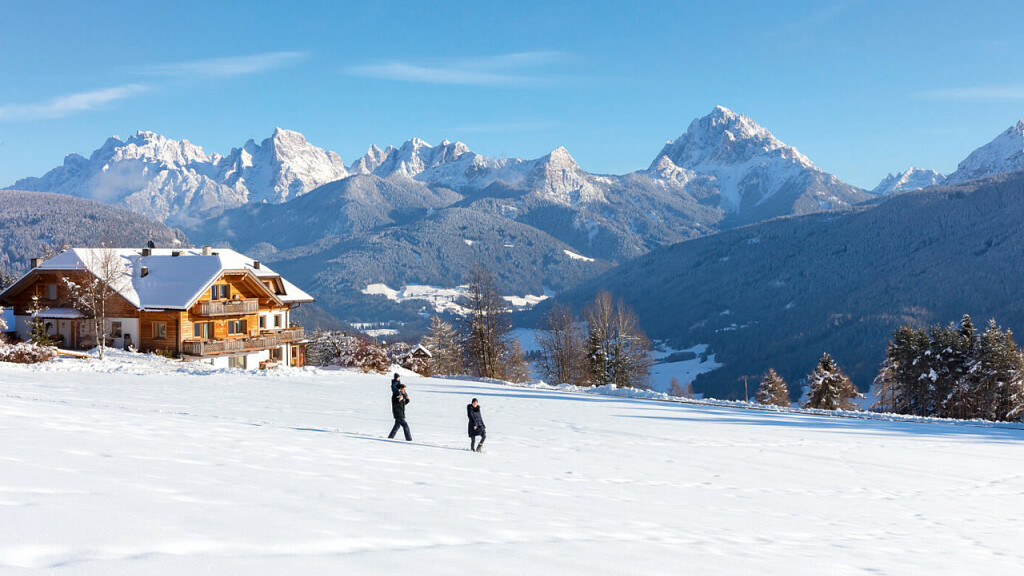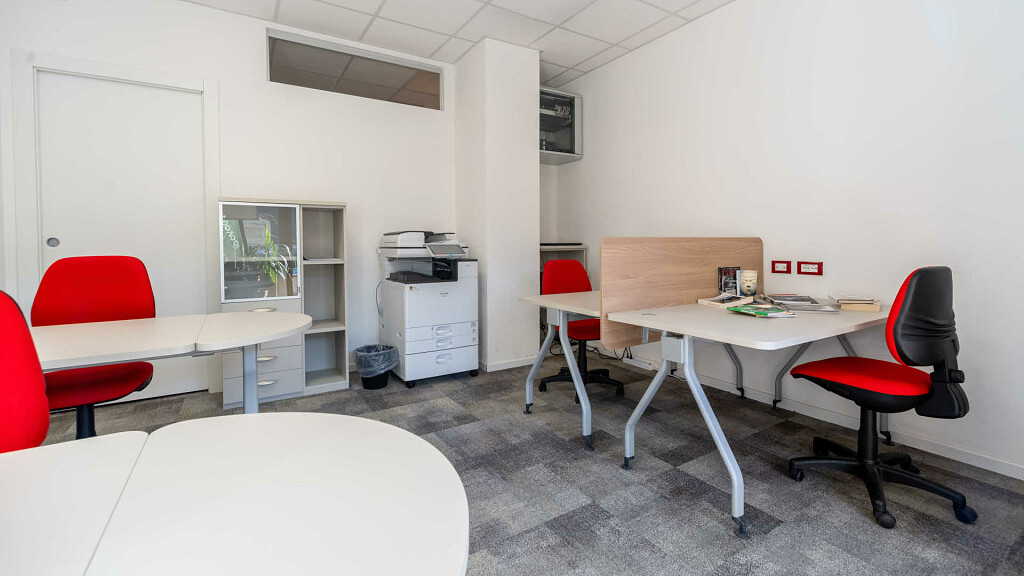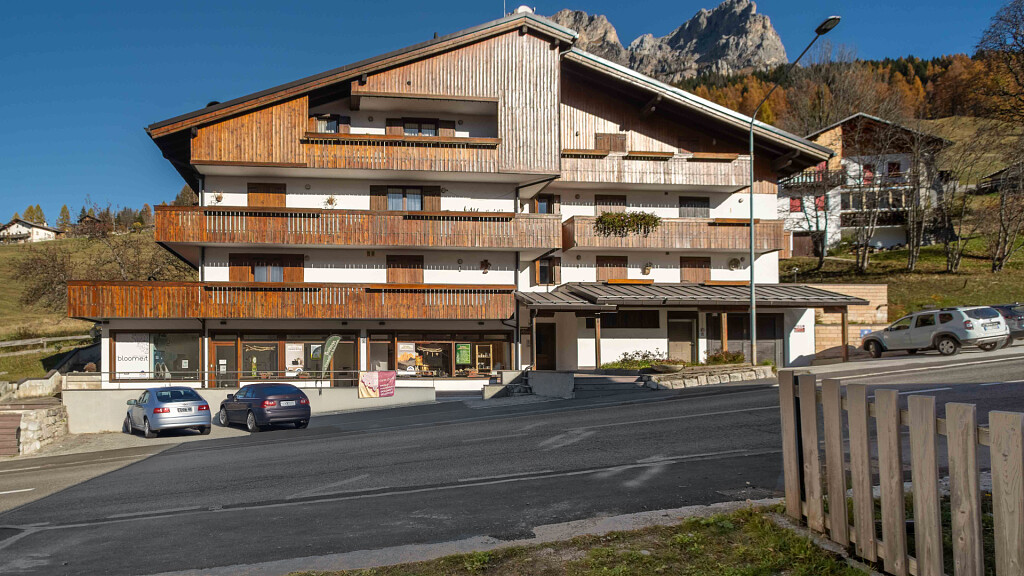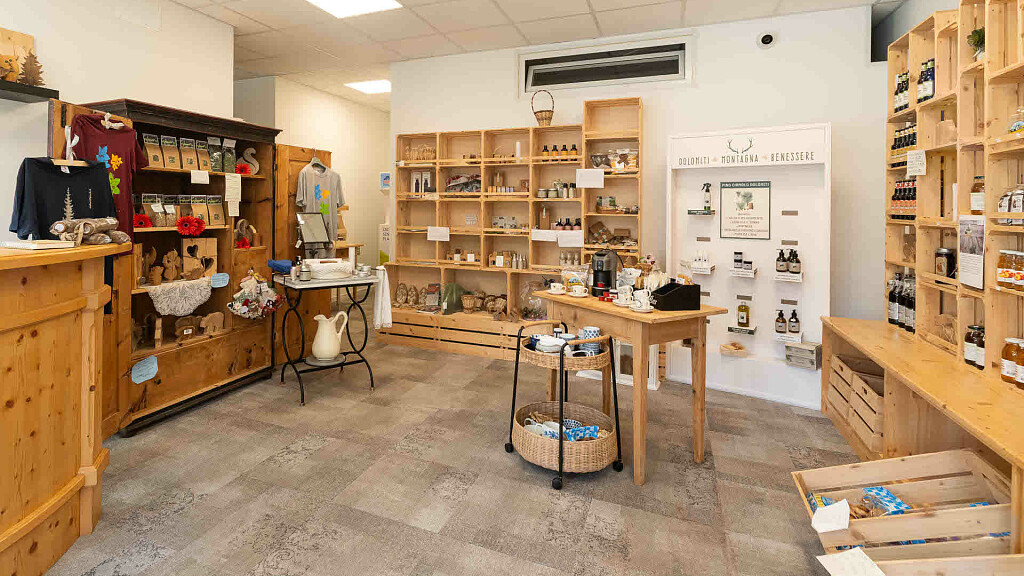Sassolungo Group, renamed Langkofelgruppe in German, is a mountainous massif of dolomitic character located between the areas of Val di Fassa and Val Gardena, between the Sella Group to the east and the Catinaccio Group to the west. It also frames another important valley: the Alpe di Siusi.
This mountain group in the western Dolomites has also become the symbol of Val Gardena, as it offers many ski slopes of varying difficulty and is a fixed destination for many events during the winter season. In summer it is a popular destination for hikers and climbers.
Almost circular in shape, the Sassolungo Group is subdivided into 3 other subgroups:
- The Sassolungo massif
- The Sasso Levante sector
- The Sassopiatto massif
In total, there are eight main peaks:
- Sassolungo, the highest peak
- Spallone del Sassolungo, to the south east
- Punta delle Cinque Dita
- Punta Grohmann, also known as "Sasso Levante"
- Torre Innerkofler, over 3000 m
- Dente del Sassolungo
- Cima Dantersass
- Sassopiatto
Sassolungo
The Sassolungo massif, called Langkofel in German and Saslonch in Ladin, is the main peak of the Sassolungo Group, in the sunny area of Val Gardena. It is 3181 m high and its name in Italian has been taken from the German one, which literally means "long stone". If you look at the mountain from the Alpe di Siusi, i.e. from a north-eastern position, you can immediately see how the shape of the Sassolungo stands out from the other peaks, especially if you compare it with its neighbour the Sasso Piatto.
At the foot of the Sassolungo slopes, a legend has been handed down for generations, according to which the massif is the burial place of a giant punished by his peers for stealing from men by blaming the forest animals. The massif is formed by pinnacles called the "Five Fingers", which, according to legend, are the last visible part of the giant's body. Other peaks are the Punta Grohmann, the Torre Innerkofler and the Dente.
Also in the Sassolungo massif, which belongs to the Val Gardena ski area, is one of the most important slopes in the world, the Saslong, famous for being the downhill slope in the Alpine Skiing World Cup.
Ascents to Sassolungo
Although it is a small group, not very extensive, it boasts a large number of towers and buttresses, the subject of great feats in the history of mountaineering.
In 1911 Angelo Dibona climbed the north face of the Campanile Ovest (West Bell Tower) of Sassolungo, tracing a long and difficult itinerary, with pitches up to V+;
In 1918 Eduard Pichl and R. Waizer climbed the north face of Sassolungo. Today this ascent is still a great classic in the Dolomites with 1300 m of development and IV and IV+ UIAA difficulties;
In 1936, Gino Soldà and Franco Bertoldi climbed the imposing northern wall of the North Bell Tower of Sassolung in two ascents. The route climbs the ramps to the left of the large eastern gorge and attacks the bell tower directly from the large chimney that descends from the Vedetta Pichl with difficulties of V and VI UIAA and a development of 1200 m; in the same year the two climbed also the Gran Diedro of the Campanile Wessely (600 m, VI-) and the First Tower of Sassopiatto (500 m, VI-).
In 1934 the same Gino Soldà with Franco Bertoldi opened a VI+ UIAA route on the north-east face of the Dente del Sassolungo;
In 1936 Heinrich Harrer and Kurt Wallenfels opened a difficult route to the south face of the Punta Grohmann, rated V+ UIAA for 550 m;
in 1940, Emilio Comici and Severino Casara climbed a daring spire on the north face of Sassolungo called the Salame. It is Comici's last route before falling to Vallunga and is now a great classic with difficulties of V, VI and steps of VI+ UIAA for 300 m.
Sassopiatto
The Sassopiatto massif or Plattkofel in German (Saspiat in Ladin) is a mountain in the Alps that reaches the extraordinary height of 2963 m. It is one of the two mountains that form the Sassolungo Group and occupies the territories of Val Gardena (South Tyrol) and Val di Fassa (Trentino). Its summit can be reached, but only after having tackled the Ferrata Schuster.
There are three possible ways to tackle the Ferrata Schuster: one is located at the Vicenza Hut, at an altitude of 2256 m, the second starts from the Forcella Sassolungo at 2685 m, while the third starts from the path coming from the Sasso Piatto Hut (in German it is called Plattkofelhütte) at 2300 m.
If you are not a mountain expert and especially not a via ferrata expert, you can try the Sassopiatto tour (Friedrich-August-Weg in German), which is an easy walk for everyone around the mountain group of the same name.

